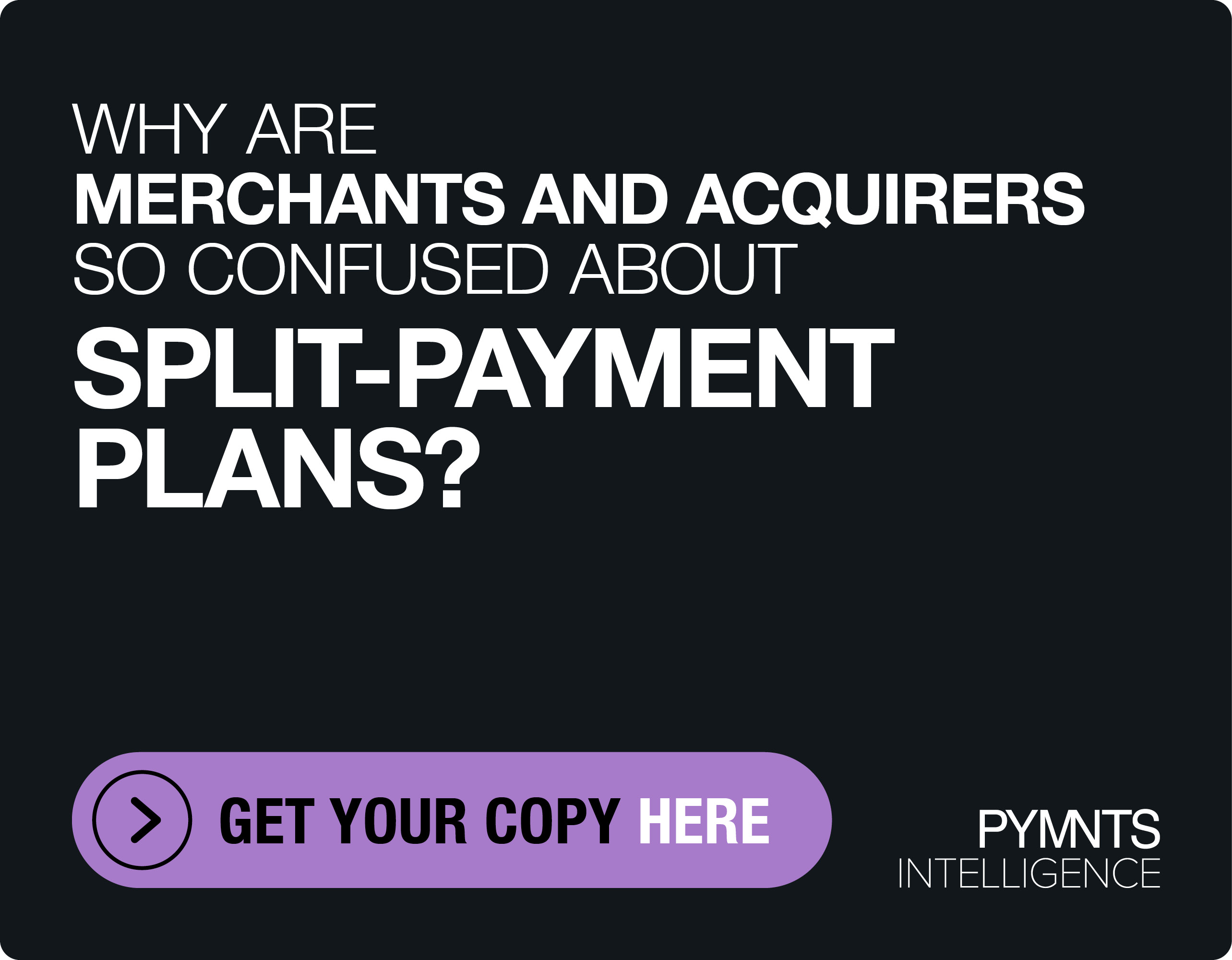Why Visa Says PayFacs Will Reshape Payments in 2023
Payment facilitation is among the most vital components of monetizing customer relationships — and the role of PayFacs is often misunderstood.
In an interview with Karen Webster, Casey Porter, vice president of Merchant Sales and Acquiring at Visa’s Global Acceptance Fast Track, took note of the confusion that’s out there. If you ask five different people what a PayFac is and what it does, you’ll get five different answers.
“PayFacs are not just ISVs and FinTechs and payments tech companies,” he said, adding that “they may have been among the first to enter this marketplace, but that’s not going to be the end of it.”
The conversation marked the first installment of PYMNTS’ and Visa’s seven-part series designed to cut through the buzzwords and help software providers and tech outfits mull if the decision to PayFac — yes, it’s becoming a verb — can be part of their own overall business strategies.
The companies that explore “how” to PayFac can open up new revenue opportunities as specialized, complicated software platforms bring payments into dedicated and emerging digital ecosystems.
But first thing’s first: It’s important to understand the what and the how of it all.
In a nutshell, the business problem that the PayFac, as an entity, and payments facilitation, as a concept, seeks to solve, and which has existed stretching back decades: Small businesses have increasingly faced the need to take electronic payments and set up merchant identification (MID) accounts.
Roots in the Medical Sector and a Bit of History
“The biggest misconception,” Porter told Webster, “Is that a PayFac is a disruptor — that’s a misnomer.” The model itself has been around for years.
As for a bit of history, the first facilitators were aggregators that helped underwrite companies in the medical profession and helped with billing for doctors’ offices and dentists.
“These companies did not want to have to go through the hassle of having to have and set up a merchant account,” said Porter, “because, frankly, they did not have all that many transactions back then. So the aggregator stepped in, did the underwriting, took on that responsibility and provided that service. And it also solved a problem for the acquirer because now the acquirer did not have to deal with the burden of going through all that underwriting expense.” The aggregators moved beyond the medical field into utilities, and then into other verticals.
Fast forward to today, and “the payment facilitator,” noted Porter, “is really an entity that has control of the transaction and the merchant experience, from end to end.” The PayFac, he said, has emerged, and evolved from its 1990s underpinnings where merchant acquirers had handled that merchant enrollment, boarding, underwriting and even settlement.
Now those functions are handled by the PayFac, though Porter was quick to point out that the acquirer is still involved in the transaction from a revenue and risk perspective (and is acting on behalf of the PayFac).
In 2023, with three years of a pandemic as tailwind, all manner of physical transactions have gone digital. As Webster observed, many firms have moved online, and a significant number of companies are digital-only entities.
“If you think about how people want to use their cards, they want to use them everywhere they go, for every service they’re provided,” said Porter, and the inexorable shift has been away from cash. The PayFacs have adapted too, from simply enabling card transactions to helping merchants provide a better consumer-facing experience.
The greenfield opportunity is especially ripe to transform specialized verticals. Porter offered up as an example childcare, which has existed, traditionally, as a cash-based business. Payments facilitation, he said, can digitize the interaction between parent and provider and make it seamless when it’s time to pay up — which also reduces the burden for the childcare provider who no longer has to take cash to the bank.
“The model opens up the ability to push other types of services to the parent,” he said, “and it creates a win experience for everyone involved.”
Looking ahead, PayFacs will reshape the payments landscape by opening up verticals. As it stands now, there are five verticals of “opportunity” as defined by Porter for PayFacs: medical and utility verticals still hold significant potential, education is another, bookstores hold promise, and — perhaps no surprise — government services are sorely in need of a digital overhaul.
“Paying for things like your license registration or renewal … or even potentially taxes has also become very interesting,” Porter contended, “and this is all based on specialization.” And that specialization, he said, dispels the conventional wisdom that every tech company has the opportunity to become a PayFac — because there are requirements and responsibilities (on a risk and reporting basis, vertical by vertical) that stretch beyond the confines of simply acting as a payments gateway.
With a nod to Visa’s own efforts, he said that the company is forging what he called a “clear path” approach that offers a turnkey solution as PayFacs contract with acquirers to provide Visa payment services to merchants. “We’re improving processes tied to licensing and providing access to a global network of networks,” he said.
Looking ahead at the future of PayFacs, he said partnerships with providers (Visa included) will be critical. “The thing to understand about the PayFac model,” he said, “is that it’s not an ‘all-in’ model,” where a PayFac must offer all things to all merchants — a modular approach is best. As PayFac becomes a verb, he said, there’ll be an explosion of use cases touching on everything and everyone from entrepreneurs to social media influencers, and even cryptos.
“Like everything else,” he told Webster, “there’s an evolution we’ll see as people explore new options.”

